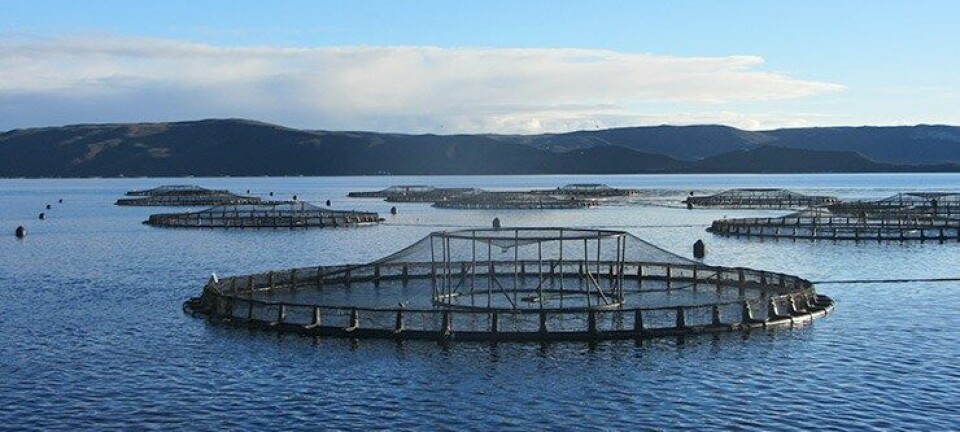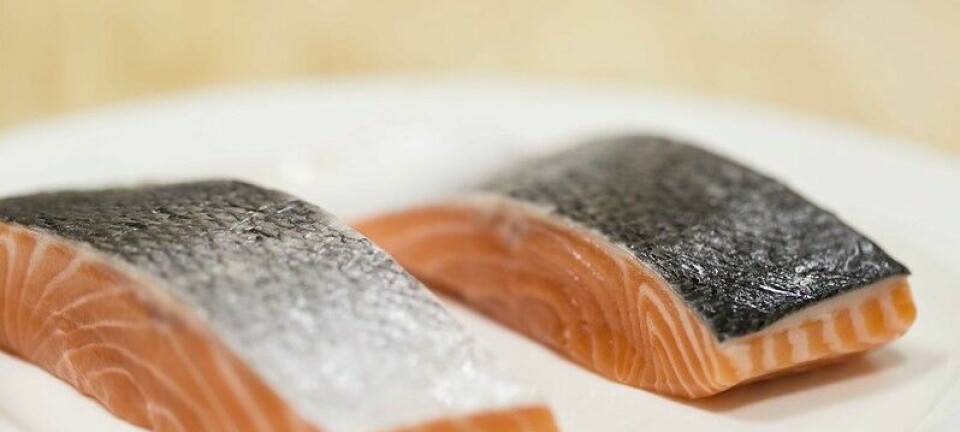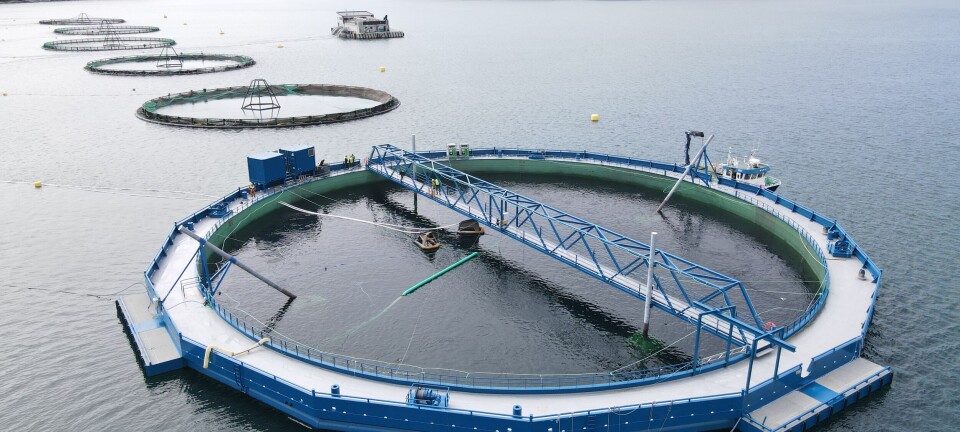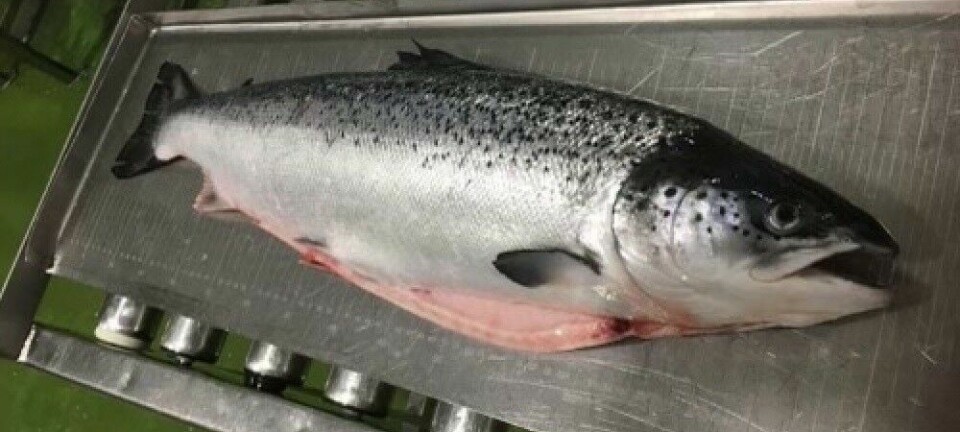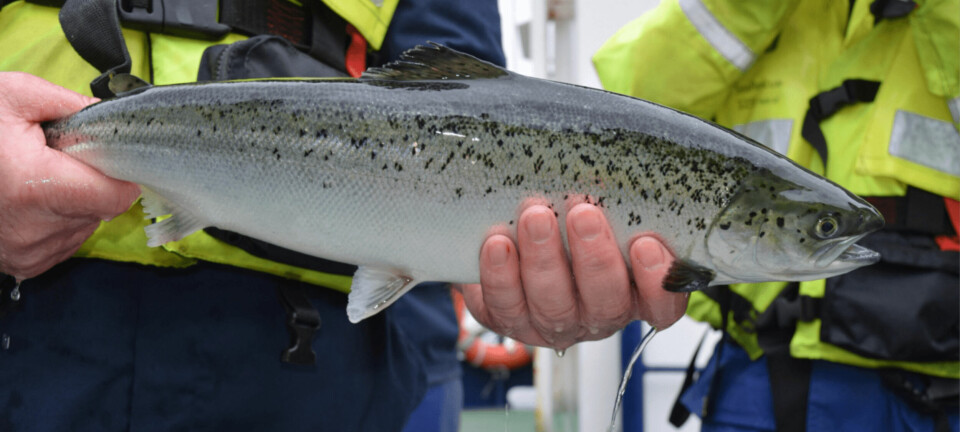
Modest growth in salmon supply predicted in first half of 2025
The global aquaculture sector is poised for growth in the first half of 2025 despite facing uncertainties, according to a recent report from Rabobank’s RaboResearch unit.
The salmon industry is expected to continue its recovery with fewer biological challenges, while shrimp farmers anticipate improved margins as oversupply issues diminish.
RaboResearch points to easing inflation in Western countries potentially boosting demand for seafood. However, new US president Donald Trump could trigger trade war-induced inflation, affecting disposable incomes and shifting demand toward more affordable proteins like chicken.
In China, ongoing economic uncertainty and the need for fiscal support may hinder demand recovery for aquaculture products in the first half of 2025. Additionally, fish meal prices are expected to face downward pressure as they adjust to the lower prices of feed alternatives.
1%-2% growth
Following a challenging 2024, the global salmon industry is expected to enjoy a modest recovery, with growth anticipated between 1% and 2% in the first half of 2025, provided no unforeseen biological issues arise.
Norway is better prepared for biological challenges, and the El Niño-related problems that affected Chile in 2024 are not expected to recur. However, low biomass will limit supply growth in the first half of the year, with further gains in the second half dependent on resolving lice issues from 2024.
“Given the tight supply and improving demand, we expect salmon prices to remain supported in the first half of 2025, though they will not reach the peaks seen in early 2024,” said Gorjan Nikolik, senior seafood analyst for RaboResearch.
Fish meal prices are expected to face downward pressure as they adjust to the lower prices of feed alternatives. The return of La Niña and neutral conditions have increased fish meal supply from Peru, compensating for weaker supply from Europe. This, combined with an ample supply of vegetable alternatives, has led to a partial correction in fish meal prices.
